For as long as i can remember action RPGs have ruled the roost. Single characters with a few spammable abilities, whether in a single player or MMO arena, took over from the party based games of old. Over the last few years though, there has been a bit of a resurgence of the party based RPG, starting with titles like Pillars Of Eternity and Divinity: Original Sin and their sequels, not to mention console hits like Horizon Zero Dawn. This is our Tower of Time review, something every fan of CRPGs will love.
With the genre gaining steam, indie developer Event Horizon has joined the party with its story rich dungeon crawler, Tower of Time. Tossing aside the popular button mashing of action combat and the turn-based combat of many tactical combat titles, Tower Of Time tries to find a middle ground through the ability to slow time during its real-time combat. Let’s spend a little time discussing whether this blend of storytelling and tactical combat can distinguish ToT among a group of other well-received titles in the genre.
Before we delve into the meat and potatoes of any real RPG -story and combat – let’s go over the basics of the game, including the UI, graphics, and things like that. While nothing groundbreaking, the graphics quality is on par with other games in the genre. Anyone who has played a CRPG will be familiar with the standard isometric view of the genre. You are able to zoom out to a fair distance to get a good view of the area around your party, and zooming all the way in allows you to get up close and personal with your group.
There is very little clutter on the screen as you explore the levels of the tower; a small menu bar takes up minimal real estate on the top of your screen, while a toggleable minimap is located in the bottom right corner. In combat, character portraits take up a little space, and the selected character’s skill bar is present along with basic information about your target.

This minimalist approach gives you all the info you need while ensuring you are focused on enjoying the view as you move about the map. There is a solid feel to the levels, and the theme of the levels matches the story that unfolds within the walls of the tower. Most of your time is spent crawling through the levels of the tower, but you will spend a bit of time at your base of operation.
Most of your time is spent on the levels of the tower, so it’s not surprising that the dev team took a minimalist approach to the nearby town you use as your base of operations. Taking a page from games like Darkest Dungeon, each building houses a piece of the character progression menu – the blacksmith is home to the crafting screen, while the keep allows access to your character sheets, and so on. This type of “visual menu” may not be the most immersive experience for the player, but it works and allows the resources necessary to make a more functional town to be used on the things that matter most, the story, level design, and of course combat.
Speaking of story and combat, I came into Tower Of Time expecting the combat to be the high point of the game and was unsure of what to expect from the story. Fortunately, the writers at Event Horizon have pulled off a win.
You begin the game as a child inhabiting a once thriving world which was ravaged by a great cataclysmic event. One day, while out searching for food, you come across a great tear in the land, with an ancient tower jutting out from the depths below. Ignoring the warnings of your elders to never interact with relics from the ancient times, you feel compelled to enter the tower. You flee the tower shortly after entering, but you carry with you a nagging urge to return when you are grown and have acquired the skills needed to explore the tower to discover its secrets in the hope you can save the dying world.
The story may not be unique, but the delivery is quite effective. The cutscenes are narrated by the child introduced in the prologue, now an old man, giving a first-person account of what transpired when he returned to the tower as an adult. This narration, along with the tidbits of lore you uncover throughout your adventures, creates a story that exceeded my expectations.
Along with the main story, you also get a lot of dialogue and interaction between your party members. This banter helps flesh out the characters, giving you insight into their desires and motivations. Considering the uninspired character progression (more on this later), it is the only thing that builds any type of bond between the player and their party.

These motivations are important, as the choices you make throughout the game will influence the relationship between the main character and the rest of the party. This has a tangible effect on combat, as each party member’s alignment to the main character yields a positive or negative buff to the entire party.
So the story and character interactions were above average, but what about the other half of the game – combat? Each encounter is a static event. Before you enter combat you are presented with a setup screen. From here you can view stats on your enemies, choose which party members you want to use for the battle, and even retreat from the combat if you feel the need to change equipment or abilities. There are some surprises though where you will be ambushed and unable to back out of combat.
You enter combat with the game paused, and you have a chance to survey the battle area before getting to the business of killing. Your party begins grouped together somewhere on the field of play, and while you can’t see where individual enemies are located, you can see their possible entry points into the map. From this state, you are able to create a tentative game plan and set your parties initial moves, at which time you unpause the game and start things in motion.
As combat continues you will have to deal with multiple waves of enemies coming from the various spawn points around the map. While most fights are a straightforward affair consisting of a mix of melee and ranged enemies, there are some elite monsters that must be taken down, as well as other special objectives in certain fights. There is a wide mix of difficulty to the battles, as some map layouts have bottlenecks to funnel enemies through, while others are fairly wide open with little cover against ranged attacks. Some battles will also have a large number of waves, making you monitor mana use and metering out ability use to ensure you have your more powerful abilities on cooldown when the poop hits the fan.
There are several difficulty levels to choose from when you start the game, ranging from the “enemies melt like butter” story mode, up to epic difficulty, which I quickly learned was far beyond my capabilities. You are able to switch between the different levels, so finding the correct difficulty for your skill level is easy. In the event things get too hot and heavy, don’t fret, as party member are merely incapacitated during combat, and pop back up as soon as combat is over. You are also able to reset if there is a party wipe, giving you the chance to try a different set of characters more suited to the specific battle at hand.

Simply put, combat is enjoyable, but it could be so much better. When I first heard that the combat was real time but slower paced than the typical action combat game, I must admit I was intrigued. My first thought was it would be similar to one of my favorite RPGs of all time, Neverwinter Nights. The addition of not just a pause button, but using a slow time function could add even more depth to the tactical nature of the combat, and the execution of the system didn’t disappoint. Using a pause button takes away all sense of urgency while slowing time still gives you the time needed to make a strategic move without completely killing the sense of impending doom if you don’t act quickly. The fact that everything kept moving also meant you could see where incoming spells were headed without doing the usual pause, unpause, pause, unpause cycle you usually fall into.
As I said, this mechanic is a great addition to the combat, but unfortunately, it doesn’t reach its full potential. For me, good tactical combat requires a wealth of options, and without those options, you take a game of chess and turn it into checkers. For RPGs, those options come in the form of party makeup, and even more important, character creation and progression. And it is here that Tower of Time falls a little short.
I previously mentioned that the tactical nature of ToT is one of its biggest draws, yet character progression falls more in the realm of a button mashing action title. ARPGs often limit your skill choice to just 3 or 4 options, and then makes you forget this with fast pace combat, hordes of enemies, and big explosions. ToT keeps the limited skill list while stripping away the other action ingredients, and it doesn’t fit well with the pace of combat, even when you have multiple party members to control.
Let’s take a step back here and go over party makeup. In most RPGs, you start out with a single main character, and as you adventure, you meet other characters that can be added to form your party. You choose your party from the pool of adventurers located at your base of operations, whether that be a tavern, guild hall, or your own castle. You then take that group out on quests, only changing out members when you return to your base.
ToT begins to show it’s unique take on these standard mechanics right from the beginning. As characters join your group, they are readily available to you at any time but, regardless of your party size, you are only able to take four adventurers into combat. Your Battle Group can be changed at any time outside of combat, so it would seem you have a wealth of options at your fingertips, and on the surface you do.
Where everything starts to wear thin is in character creation itself. Whether you are able to create just one character or the whole party, the core foundation of any RPG is being able to tailor your characters to your own fancy. The more options available, the more individualization, for better or worse, you are able to put into your characters. I know it may be a poor choice to build out a group full of dwarven clerics, each one doing its best to fill a specific role in the party, but it’s my choice to do so. The time spent meticulously picking each trait, skill, spell, or whatever else is offered up, only adds to my investment in the game.

Instead of taking this path, Tower Of Time stifles all of your creative juices. All party members are premade, so the aforementioned group of clerics is out of the question. I could live with that if the rest of character development had plenty of choices, but the whole experience is average at best.
Each character has just four stats – might (increase damage and armor/magic penetration), speed (increased attack speed and skill cooldown), mastery (increased skill damage and mana regen), and life (affects hitpoints and elemental resist). Each character also has its own list of 8 abilities, of which only 4 can be slotted for use during combat. Each of these skills has two upgrade choices – for example, fire arrows can be modified with either increased crit chance or AOE splash damage. You are only able to choose one upgrade or the other, no mix and match are allowed.
That’s all the character diversity you have other than gear choice, and even that is limited. Your ranger is purely a ranged character, no dual wielding daggers allowed. The lack of freedom meant I never became vested in my characters, making them mere tools to use to get through combat. I feel the rich story deserved much more than this mediocre character development.
Note: Our copy was reviewed on PC with a code provided by PR.

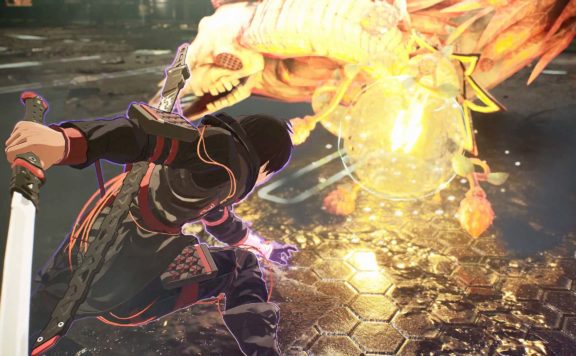
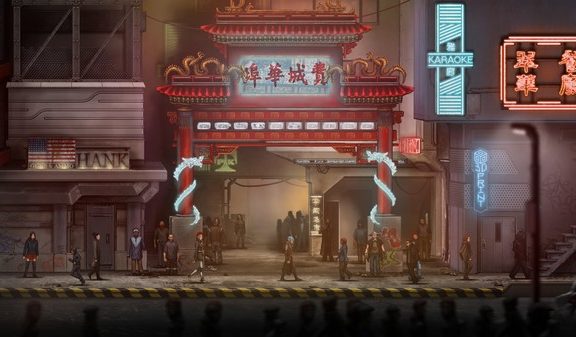
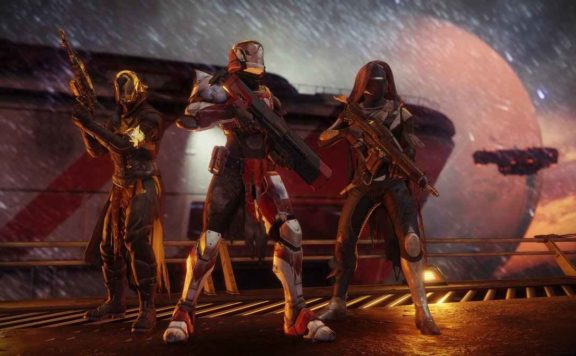

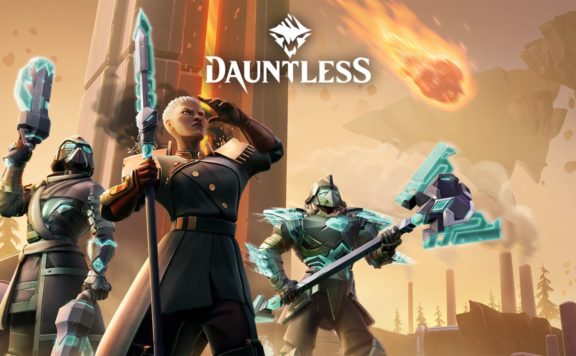
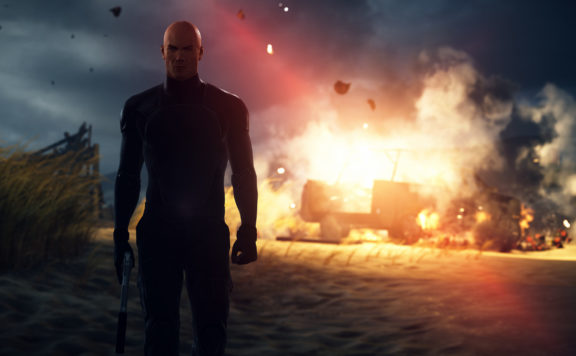
Frederick Wrigley
I’ve been playing this since Early Access on Steam, and it is, simply put, a AAA game by an indie developer. The characters you play are already puissant, and training and equipment upgrades are how you advance. No, no character creator, but the characters you do play are diverse in their abilities.
My other two favorite indie games of last year are Slay the Spire, the best card-oriented game I’ve played, period, and the PaperVerse (folded paper characters) Book of Demons, an homage to Diablo , with more PaperVerse homages to come, under the same menu.